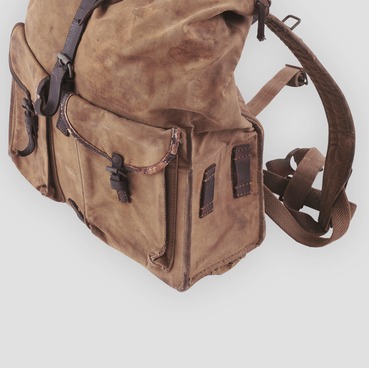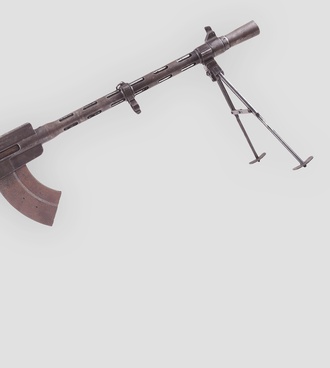This badge was awarded to members of the Society for the Assistance of Defense, Aircraft and Chemical Construction (Osoaviakhim) who passed the test of the standard “Ready for Air and Chemical Defense”.
The grandiose discoveries of the 19th century — telegraph, telephone, radio, steam engines, kerosene and primus gasoline stoves, electricity and central heating — significantly improved people’s lives, however, they were also used for military purposes. With the help of the telegraph, information was transmitted to correct artillery fire, radio helped coordinate the actions of the fleet and steam locomotives moved railroad cars with soldiers to the front line.
Chemistry also contributed to the advancement of military science. During the First World War, dubbed the “Trench War”, both sides unsuccessfully tried to break through each other’s defense lines. Tanks, bombardments, mass shelling of trenches by artillery were employed. In 1915, Germany placed a bet on chemical weapons, releasing 180 tons of chlorine on Allied troops. The attack failed but gave rise to the mass development of chemical weapons and protective equipment like gas masks and antidotes.
Modern war dictated its conditions in the training of the military reserve and regular forces. To achieve victory, mass training of the population in chemical and air defense was required. In 1934, a test was developed for the “Ready for Air and Chemical Defense” badge, and in 1935 its design was approved by the Osoaviakhim organization. To get the badge, it was necessary to know the main types of aviation bombs, methods of air strikes on populated areas, how to behave oneself in case of a siren and how to tackle fire bombs. It was necessary to know poisonous gases and ways of protection against them. In the summer of 1936, the second (highest) degree of the badge was introduced. Aside from passing the test, the applicant needed to be a shock worker, have their personal gas mask, an outgoing air and chemical defense proponent at home and at work. In 1938, the standards for the badge were approved for schoolchildren aged 12 to 16 years.
In 1939, the design of the badges “Ready for Air and Chemical Defense” of the I and II degree changed — the chain disappeared, and with the beginning of the Great Patriotic War, the release of these badges was completely discontinued. During the existence of the test, more than 38 million people were in some way trained in the Ready for Air and Chemical Defense standard.

